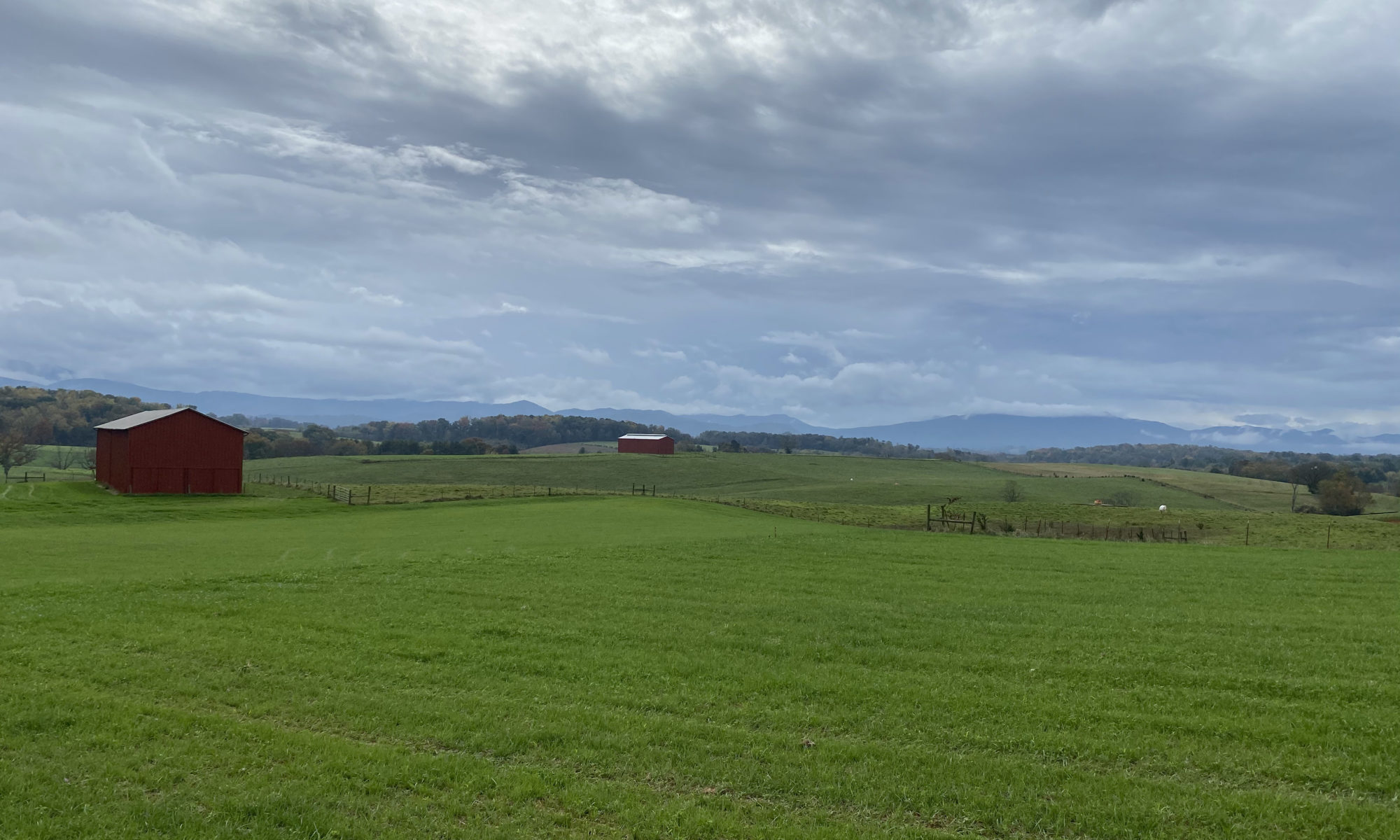

Dr. Gary Bates
Department Head and Professor, Plant Sciences
Director, UT Beef & Forage Center
P: 865-974-7324
Dear Dr. G – My soil test results showed my hayfield had a pH of 5.7 and low in both phosphate and potash. Fertilizer and lime are expensive. Is one more important than the other? Cheapskate in Clarkesville.
Cheapskate, I understand the dilemma. But you are asking me something along the lines of which of my kids do I love the most? That’s an impossible question to answer. I usually decide based on which gives me the best Father’s Day present. (Which is coming up on June 18, in case my kids need a reminder!) Plants need nutrients to grow, so the nitrogen, phosphate, and potash in fertilizer is important for plant growth. But if the pH in the soil is too low, the nutrients get tied up in the soil and become unavailable. A low pH will limit root growth, making plants more sensitive to drought. If you have to apply one now and one later, go ahead with the lime application, since it will take longer to get into the soil.
Dear Dr. G – I grow tall fescue for hay, while my friend grows orchardgrass. The other night while our families were eating, he told me his orchardgrass hay is better than my tall fescue hay. I say mine is better. Which is the best? We bet a rack of ribs on your answer. – Haymaker in Hohenwald
Well, Haymaker, I can’t really say which of your hays is the best without seeing them. But the best way to tell which hay is the highest quality is by taking a forage test and running int through our forage testing laboratory. You can tell the energy, protein, and fiber differences between your hay crops. But make sure you understand the differences in the two hay crops will not be the difference between orchardgrass and tall fescue. It will be the difference between which one was cut earlier and put up better. Run those forage tests and we will see who is better, you or your friend. Let me know when and where. For the ribs, I mean.
Dear Dr. G – I have a mudhole where I fed hay this winter. What can I do about it. – Muddy in Manchester
Well, Muddy, you have a couple of options. One is to invite all the area teenagers around to come over with the 4 x 4, then charge them $20 a head to see who can make it the furthers/fastest across your pasture. All the while you can be yellin’ “Yee Haw” and sellin’ Mountain Dew and pork rinds to everyone. Sounds like a money makin’ good time to me. But if you want to reseed the pasture, then drag those areas to smooth them out, then overseed with crabgrass to get some grass growing on the area. You can then reseed tall fescue on the area in September. But if you are going to feed hay in the same area, you might just skip the tall fescue. At some point you might consider creating a heavy use area to stop the mud issues. Unless the Mountain Dew and pork rinds idea takes hold.
